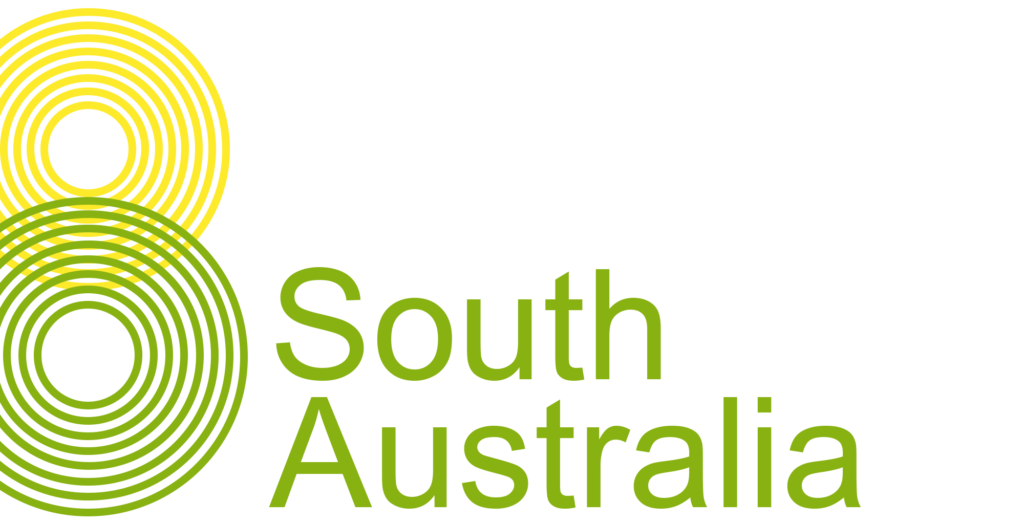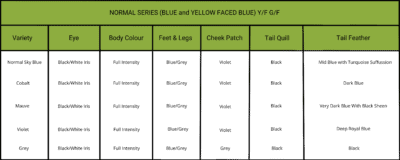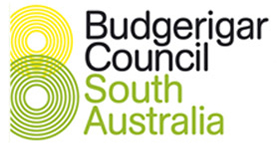
The Normal Grey Budgerigar
The Normal Grey Budgerigar was first identified by Mrs S. Harrison of Murrumbeena, Victoria. She got it from a dealer in 1935. Thus the variety came about. In time, Mrs. Harrison had Greys in light, medium and dark shades. Apart from the grey body, a particular feature is the denser black of the tail and wing markings. Another Grey mutation came from England at about the same time. It was genetically different, although very similar visually. Whereas the Australian Grey is dominant, the English Grey, known as Slate, is recessive. The grey factor, when added to the green series, combines to produce the now very popular Grey Greens. These, like the Grey budgerigar, appear in three shades, light, medium and dark.

Image Courtesy of Rod Turnbull and the ANBC
Identification of the Grey Budgerigar
According to The Standard, the exhibition Grey budgerigar, as the name suggests, has a Grey rump and underparts. Naturally, these are solid and uniform throughout. It has a white face and clean white forehead. Additionally, the back and wing coverts are black with clearly defined white outlining. These coverts are free of any body colour suffusion. Furthermore, the mask is clear, deep and wide (not cleft). The mask extends beyond two large grey cheek patches. Notably, six evenly spaced, large, round black throat spots ornament the mask. The base of the cheek patches partially covers the outer spots of the mask.
The Grey budgerigar has black tail feathers and a black tail quill, a black eye with white iris ring, the feet and legs are blue/grey in colour. While the cock has a blue cere whilst the hen has a brown cere. The grey variety body colour varies from light to medium and dark shades.

Suggested Pairings to Produce Normal Grey Budgerigars
The Normal Grey budgerigar is very easy to reproduce, given that it is a Dominant Variety. Like Grey Greens, many breeders advocate away from pairing Grey to Grey, or Grey to Grey Green, where you are doubling up on the Grey factor. The Grey budgerigar is useful for improving other varieties including the Albino where the grey factor helps reduce the blue sheen sometimes visible in this variety.


Click here to download the Grey.
